Telephoto lenses help you frame your subject tighter than our eyes see it. Here’s how to get more from your long lenses, covering a wide range of genres and photographic styles.

Prime lenses are fast and super-sharp, making them ideal for wildlife photography. Canon EOS 7D Mark II, 500mm, 1/800sec at f/4, ISO 640
1 Which focal length?
A telephoto lens has a long reach, however, there’s a huge range of telephoto options available, with some lenses being more suited to some subjects than others. Nature photographer Victoria Hillman has the following advice:
‘There is a choice of zoom or prime lenses and they both have their pros and cons. Prime lenses are fixed focal length and for wildlife 300mm to 500mm or longer work very well, they’re fast and super-sharp.
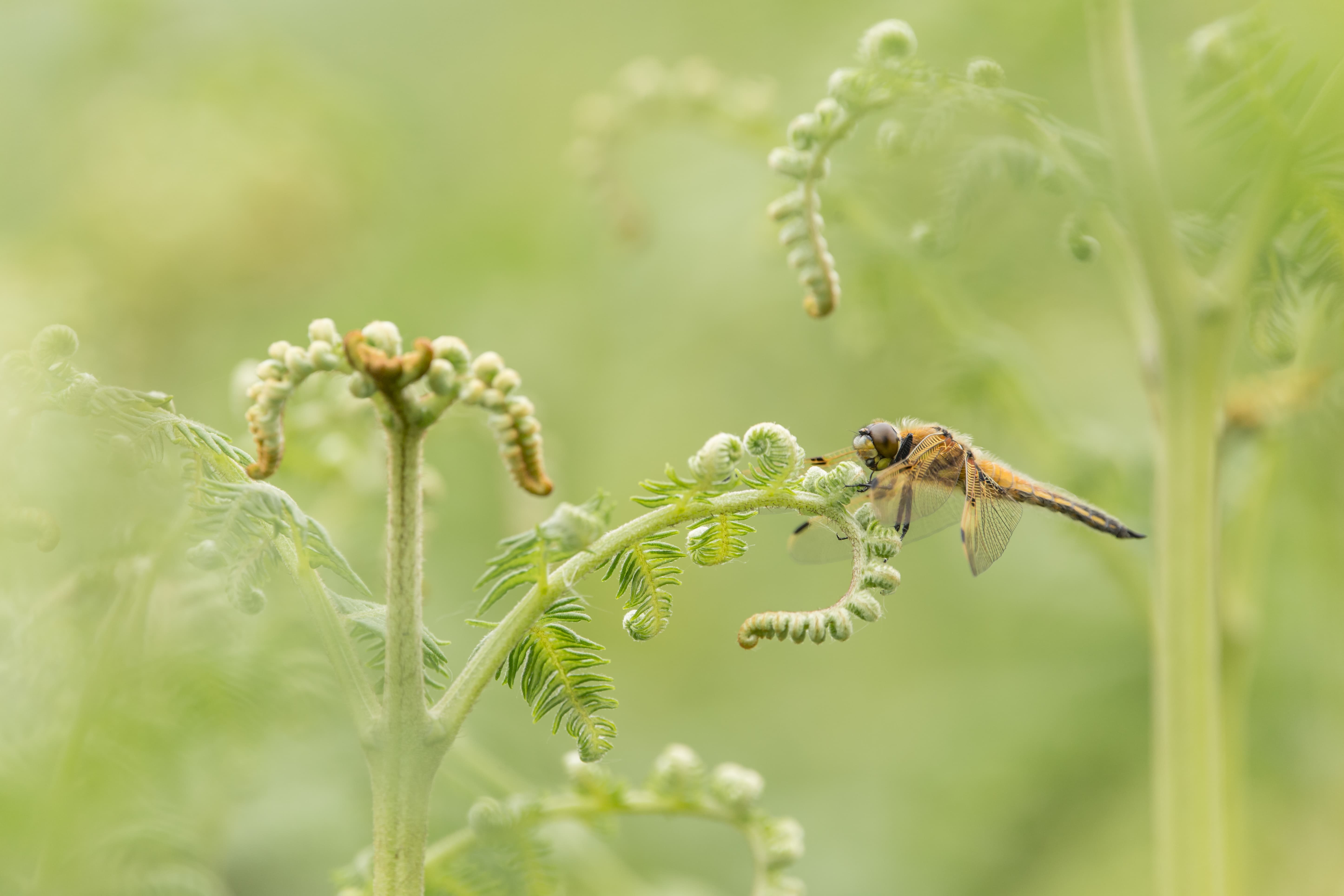
Telephoto zooms offer flexibility when framing a subject Canon EOS 5D Mark III, 150-600mm, 1/500sec, f/6.3, ISO 800
Telephoto zoom lenses give the flexibility of being able to capture frame-filling images or wider shots of the subject in their habitat and can be especially useful when the subject distance changes – birds in flight, for example. There is a wide variety available, from 70-200mm up to 150-600mm. Many have a variable aperture through the zoom range but the best (and most expensive) have fixed apertures.’ Victoria Hillman, www.vikspics.com
2Use a teleconverter
A teleconverter sits between your camera and lens to multiply the focal length by 1.4x or 2x. More affordable than a lens, they make your optics more flexible – however, not all lenses are compatible with them so check that yours can work with a teleconverter before you buy.
3 Try a monopod
Although tripods are great for support and stability, they can feel a bit restricting – plus they’re an extra weight to carry. A monopod is a great alternative that takes the weight off your arms and improves stability while giving you more freedom to move than a tripod. The downside is that you need to hold the camera upright on a monopod, and lie it down when you need to get something out of your bag. The average monopod is lightweight and easy to carry – it can even be used as a walking stick to help on tricky terrain. Some tripod manufacturers, such as 3 Legged Thing, enable you to create one from a tripod leg and centre column.
4 Keeping it steady
Telephoto lenses capture a narrow field of view which means that small camera movements are amplified in the viewfinder and it can be hard to maintain the composition that you want when you’re shooting handheld. To tackle this, support the lens with your left hand and tuck your elbows against your body for support. Before firing the shutter, take a deep breath before you start shooting. Holding your breath as you shoot stops your chest moving and helps keep the camera steady. Squeeze the shutter button rather than jabbing at it to help minimise the movement.
5 How to carry long lenses
If you’re going to carry a big, heavy lens over a long distance, use a decent backpack. It distributes the weight across your shoulders (and waist if there’s a belt) and will help you stay balanced on uneven ground or if you’re clambering over rocks. However, for short treks between shots, a good strap is often sufficient and it means you’re ready to shoot in an instant. Broad straps tend to be more comfortable than narrow ones with a heavy weight, but a sling strap like the BlackRapid Sport Breathe is even better thanks to its shoulder pad and underarm strap for extra security.
6 Use a tripod
A tripod is the ultimate camera and lens support and if you’re using a long telephoto optic it’s especially important to get a high-quality tripod that can cope with a heavy payload. It’s not just about the weight that the tripod can bear, what’s important is the weight that it can support without vibrations being an issue. As a rule, go for a tripod that has a payload capacity that is at least around three times the combined weight of your camera, lens and tripod head. That should ensure that it keeps the lens still.
7 Use a collar
Larger telephoto lenses usually come with a foot mounted on a collar. It’s designed to enable the lens to be mounted on a tripod. As well as helping to protect the camera’s lens mount with very heavy lenses, this also makes the camera and lens better balanced so it’s easier to manoeuvre them into the perfect shooting position. Some tripod/lens feet are Arca Swiss compatible so they can mount directly into an Arca Swiss type tripod head. However, they also usually have a thread to mount a quick-release plate for other types of tripod head. If your lens doesn’t have a collar, or
it’s missing, third-party options and replacements are available.
8 Get a gimbal
A gimbal is a specialist tripod head that is specifically designed for use with large, heavy lenses and cameras. It makes it easier to balance the weight of the optic and camera. A gimbal head is especially useful if you want to follow a moving subject, letting you pan and tilt the camera while keeping it level, which makes them popular with wildlife and sport photographers. As with other tripod heads, they can also be locked down to keep the composition fixed if required.
9 Image stabilisation
Many telephoto lenses have an image stabilisation (IS) or vibration reduction (VR) system built in. This uses gyros to detect the direction and speed of accidental movements and then shifts a special group of elements to compensate for the movement so that the image projected onto the sensor or film is kept in the same position. In some cases, lens-based image stabilisation can be used in conjunction with in-body image stabilisation (IBIS), but the lens IS is the most important with long lenses because it enables a wider range of movements than is possible with a sensor inside a camera.
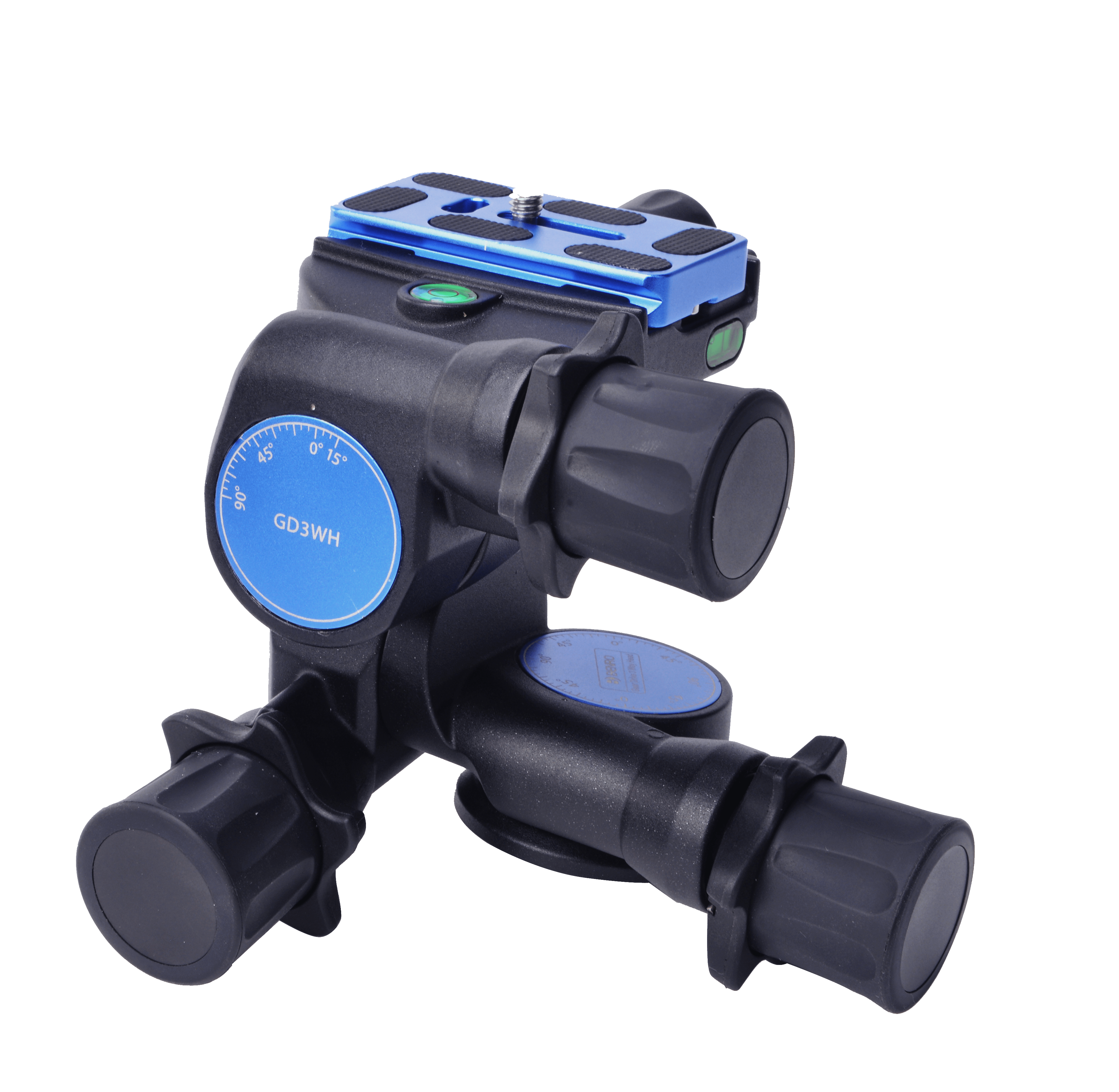
10 Get a geared head
As we mentioned earlier, small camera movements are a big deal when you’re using a long telephoto lens and composing the perfect landscape shot can be a frustrating business, especially if your tripod head is prone to dropping after you’ve locked-off the movement! While a gimbal is useful for fast-paced photography, a geared head is ideal for slower work as they allow you to make small adjustments to the camera orientation around three axes. You just turn the relevant knob to move the camera using the geared mechanism.
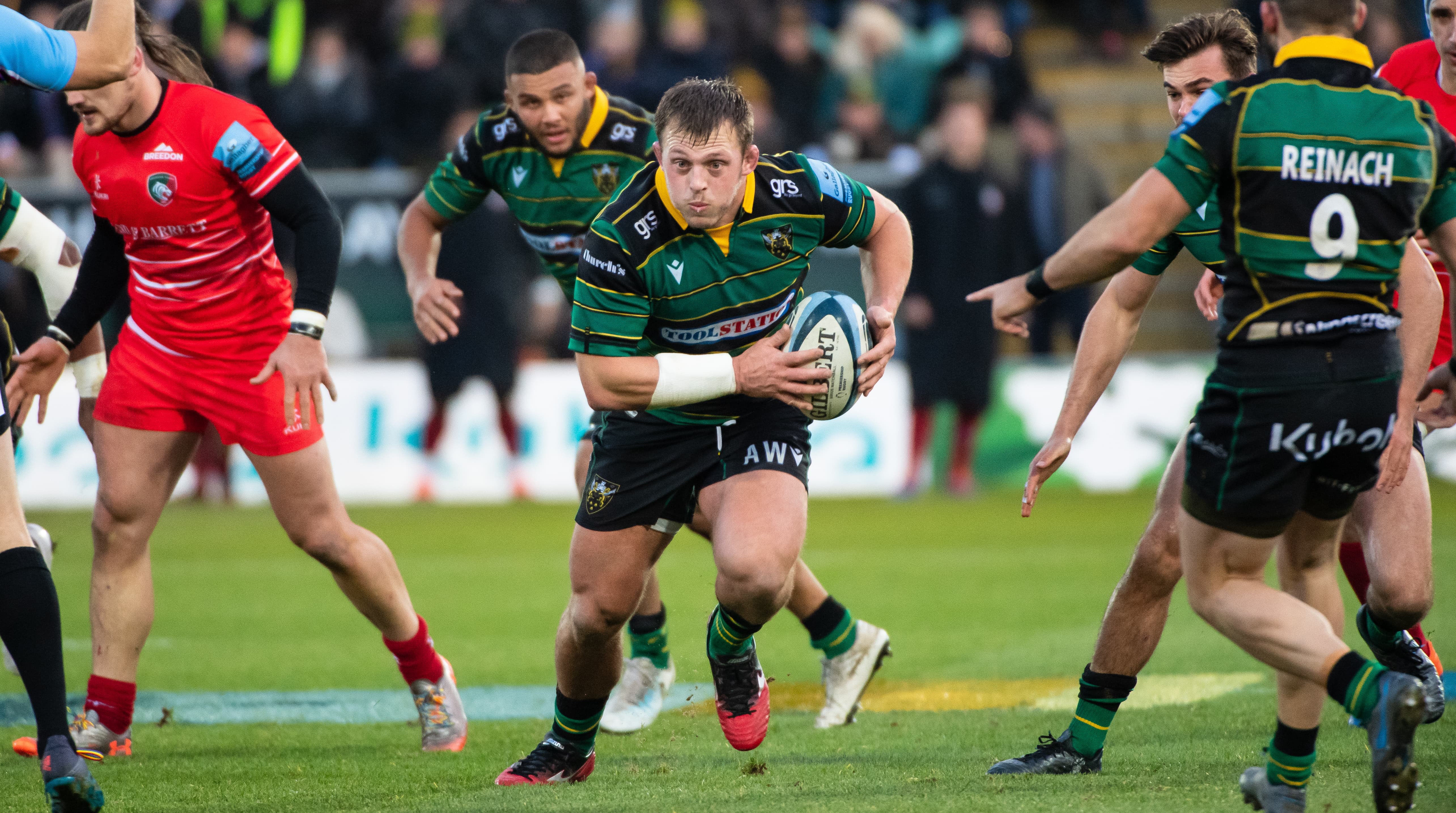
Always aim for a fast shutter speed such as 1/1000sec for fast action Nikon D5, 200-400mm with 1.4x teleconverter, 1/1000sec at f/5.6, ISO 8000
11 Which shutter speed?
As a rule, when you’re handholding a long lens without IS you should use the effective focal length to guide the shutter speed. For example, a 200mm lens needs a shutter speed of at least 1/200sec and a 500mm lens needs at least 1/500sec. Using IS allows you to use slower shutter speeds without camera-shake being an issue. However, telephoto lenses are often used to shoot moving subjects and they require faster shutter speeds to render them sharp. As Claire Jones, Northampton Saints official photographer, explains, ‘I always work above 1/1250sec for action because I want the whole player to be sharp. Even for photos of the crowd and players’ post-match huddles, I won’t go below 1/500sec. To make sure that I can use these settings, I always set the sensitivity (ISO) to Automatic. I resisted this for years but modern cameras are so good and they notice subtle changes in light faster than I do.’ Claire Jones, redhatphoto.co.uk
12 Which IS mode should you use?
The standard IS or VR mode, called Mode 1 on Canon lenses, compensates for accidental vertical and horizontal movement. This works well with many subjects, but if you’re panning to keep a moving subject in the frame it can confuse the pan for movement that needs to be corrected. Consequently, Canon introduced Mode 2, in which the lens detects the direction of the pan and only compensates for movement at right angles to it. Similarly, some Nikon lenses have a Sport VR mode that is designed for use when shooting subjects that move quickly or erratically. Some Canon lenses also have a Mode 3 in which the IS only operates at the point of capture. Consequently, the viewfinder image isn’t stabilised but you get the maximum range of correction at the point of capture.
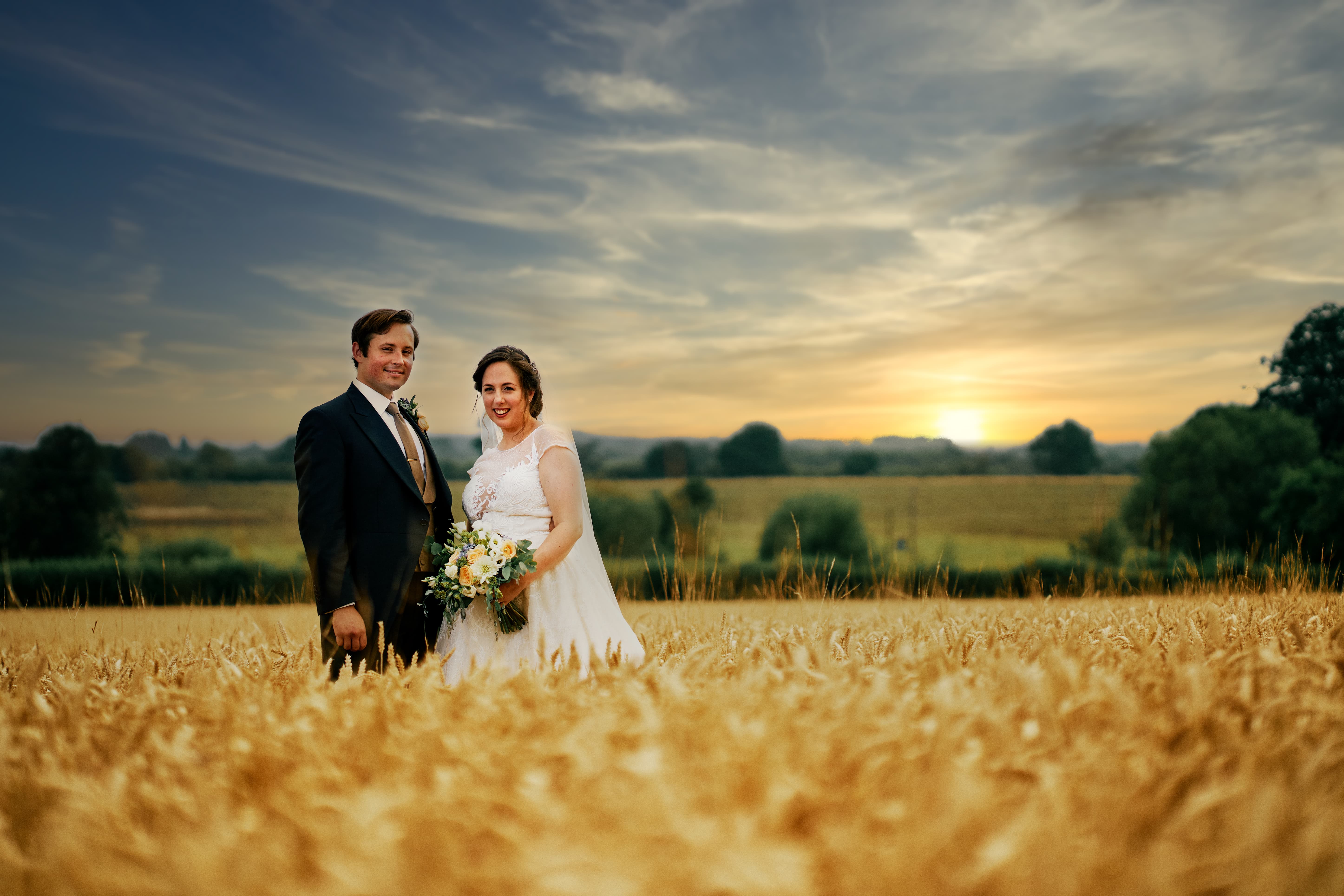
A long lens can reduce the depth of field to highlight your subject Sony A9, 85mm, 1/5000sec, f/2, ISO 100
13 Using focus limiters
Wildlife photography often involves shooting through foliage of some sort. As this moves in the breeze, it can confuse your camera into adjusting the focus away from your subject. That’s where the focus limiters that are found on some lenses can come in handy. These switches on the barrel of the lens set the focusing range for the lens. The default setting is full, which means that the camera will aim to focus anywhere between the closest focusing point of the lens and infinity. Using a limiter switch restricts the focus distance range. The new Nikon Nikkor Z 70-200mm f/2.8 VR S, for example, has a 5m to infinity setting. That prevents the lens from focusing closer than 5m.

14 Use a remote release
(or your phone) Even with a sturdy tripod, it’s well worth using a remote release to trip the shutter of your camera when you’re shooting with a telephoto lens at average to slow shutter speeds. It’s crucial to avoid introducing wobble which can lead to blur or loss of sharpness. Most recent cameras have Wi-Fi connectivity built-in so if you don’t have a dedicated remote release you can usually fire the shutter using the manufacturer’s app on a smartphone.
15 Select the right aperture
If you’re shooting sport or wildlife it’s often best to shoot at the widest aperture you can so that your subject is isolated from its surroundings. However, sometimes you might want to show your subject in context which means closing down the aperture a bit. Remember, depth of field reduces as focal length grows, so you may need to close down quite a bit to get the result you want. However, avoid using very small aperture settings as diffraction will soften your images. 16Single or continuous autofocus mode? Telephoto lenses are often used for shooting sport and wildlife which makes continuous autofocus (C-AF) the best choice as the camera will continue to adjust the focus as the subject moves. For landscape photography, however, single AF mode is usually the way to go. Once you’ve got the focus locked, you don’t want it moving.
16 Single or continuous autofocus mode?
Telephoto lenses are often used for shooting sport and wildlife which makes continuous autofocus (C-AF) the best choice as the camera will continue to adjust the focus as the subject moves. For landscape photography, however, single AF mode is usually the way to go. Once you’ve got the focus locked, you don’t want it moving.
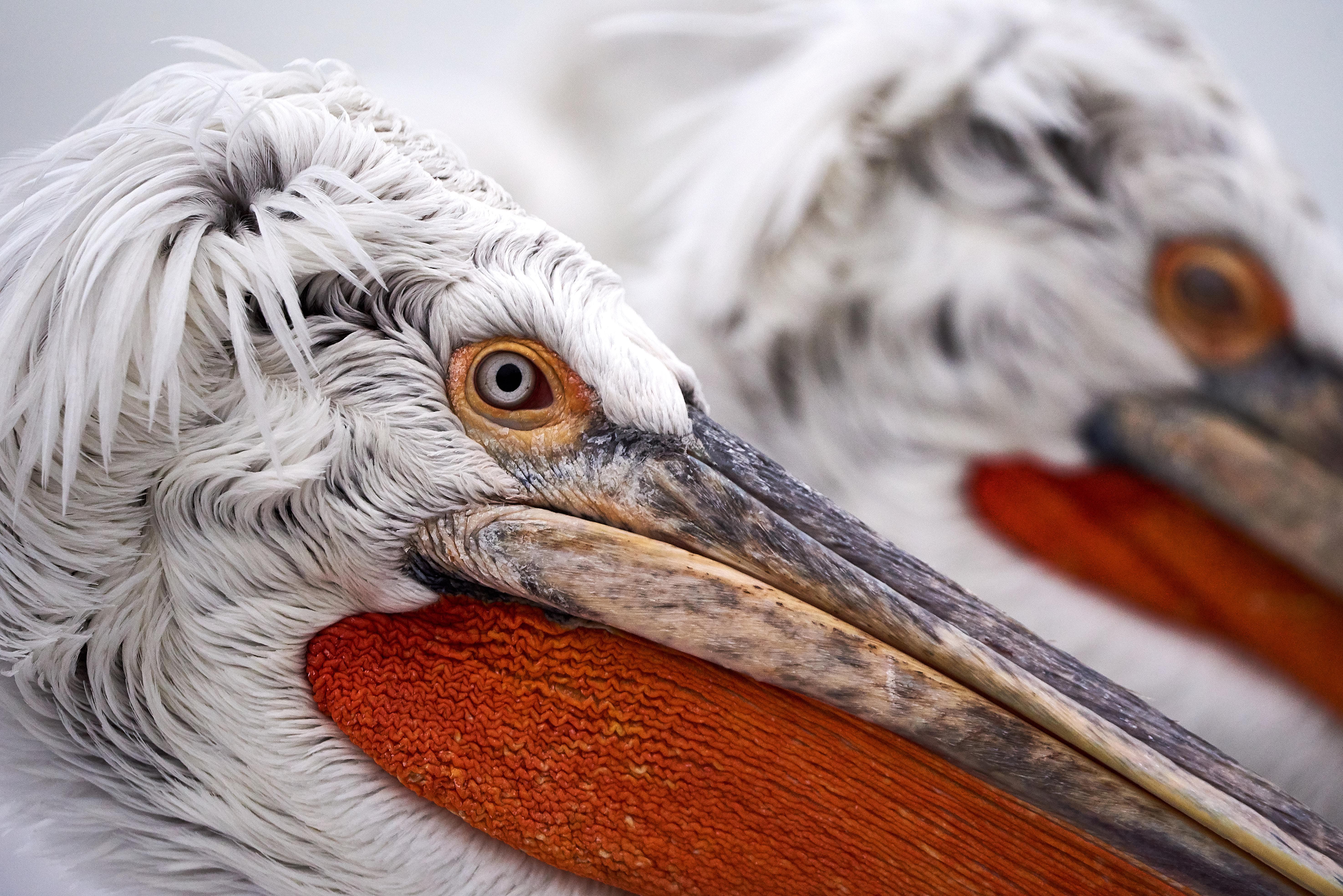
Use continuous autofocus mode when shooting wildlife so the camera can keep adjusting as your subject moves Nikon D750, 150-600mm, 1/1000sec at f/6.3, ISO 1600
17 Which AF area mode should you use?
Modern cameras offer a wide range of modes for selecting the focus point. A couple of years ago I would’ve recommended that you pick an option that gives you an AF area that is large enough to keep over your subject as it or the camera moves, and that is small enough for you to target it accurately. That is still the case with some cameras, but recent improvements in subject recognition and tracking make the automatic selection modes much more useful. Even with a stationary subject, it can be very helpful to set the tracking AF point to follow it while you compose the shot.
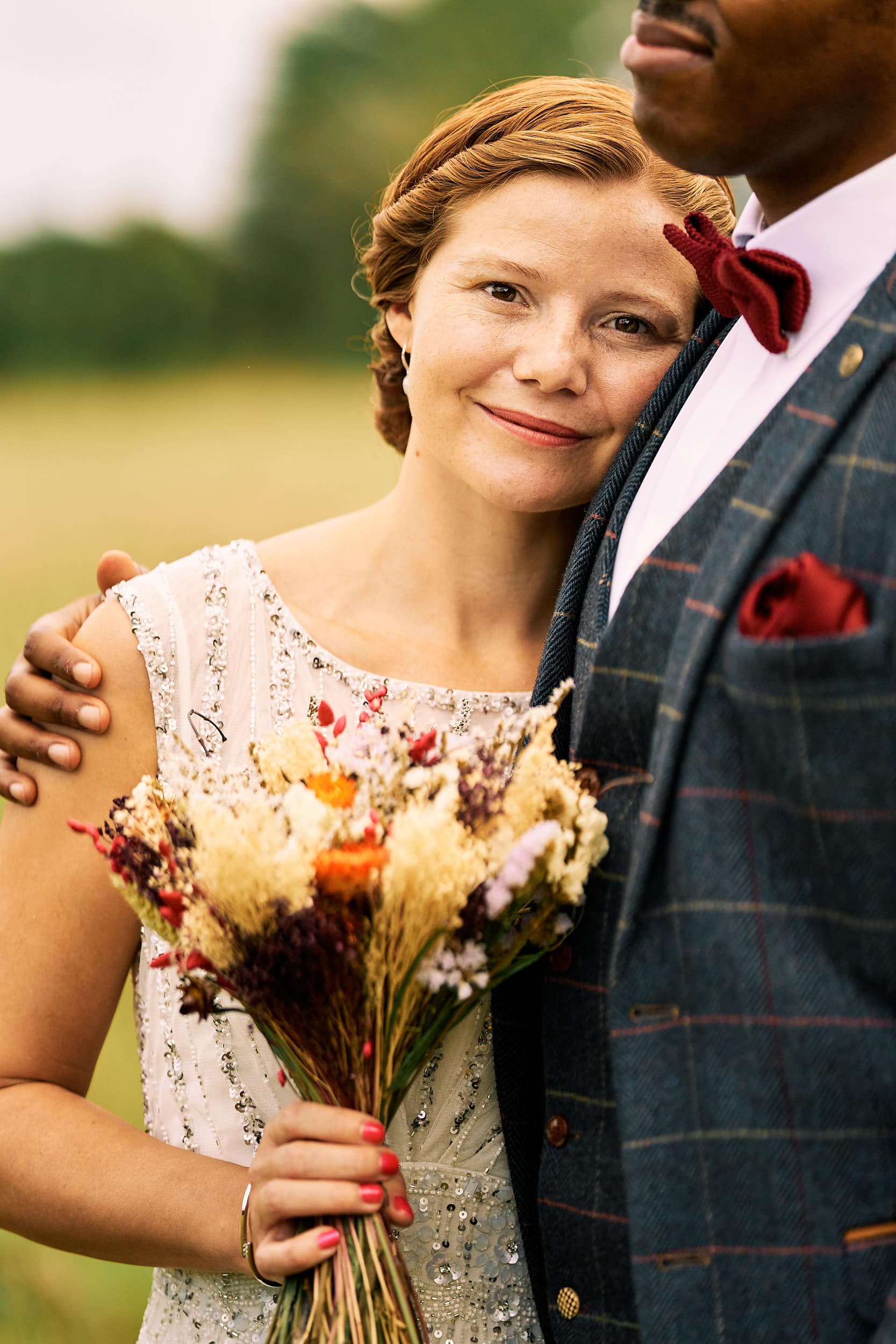
Use Eye AF mode to ensure the eyes are in focus so you can concentrate on the composition. Sony A9 II, 135mm, 1/6400sec at f/2, ISO 200
18 Use Eye AF
Eye AF mode is becoming more common and as well as human eyes, we’re now seeing it work with animals’ eyes. It sets the camera to detect eyes in the scene and focus on the one that’s selected. Robert Pugh is a wedding and portrait photographer, and he says, ‘I shoot with a Sony Alpha 9 II, and its ability to spot and focus on a subject’s eye is amazing. It means that I can shoot at wide apertures on a 135mm lens and be confident that the most important part of the scene is sharp. As a result, I can concentrate on being creative and on getting the composition to be exactly how
I want it. It’s very liberating for a wedding and portrait photographer.’
19 Calibrate for accuracy
Long telephoto lenses and wide apertures are a recipe for shallow depth of field so it’s essential that the focus is exactly where you want it to be. Mirrorless cameras use the imaging sensor for focusing but SLRs have a separate sensor specifically for this task. Slight variations in the manufacturing of the lens and camera can result in a lens focusing a little in front of or behind where you expect. However, many DSLRs, especially those aimed at enthusiast and professional photographers, have an AF calibration feature that enables you to correct for any inaccuracies. It’s a fairly straightforward process that involves shooting a subject, making an adjustment and checking the images on a computer, but it’s not a task that you want to rush.
20 What’s the AF Stop button for?
Some lenses have an AF Stop button (usually customisable) or a button that can be assigned this feature. AF Stop is useful when you’re shooting with continuous autofocusing and you want the focus to stay put -– if you’re photographing a car that’s moving towards you, for example, and it stops. The AF system is likely to fidget if you continue with C-AF, but stopping the focusing keeps the car sharp.







